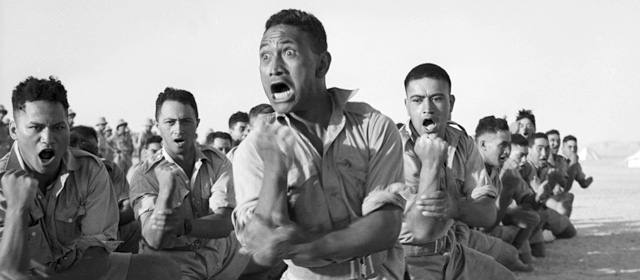Story summary
Early settlement
The ancestors of Māori arrived on canoes from Pacific islands before 1300 CE. Settling first on the coast, they hunted seals and moas. They also began to grow food, and some moved to the forests. They lived in small tribal groups, with a rich culture of spoken stories, and strong traditions of warfare. Their ancestors, and the gods of the natural world, were very important.
Europeans arrive
The arrival of Europeans from the early 1800s had a major effect on these early communities. Among the newcomers were missionaries, and many Māori became Christians. They learnt to read and write and began trading, especially in pigs and potatoes.
The Treaty of Waitangi signed in 1840 established British law and government, but it could not prevent warfare in the 1840s and 1860s as Māori defended their lands and local authority. After the wars Māori lost land through confiscation and sale, mostly to British settlers.
Revival
In the first half of the 20th century important leaders such as Apirana Ngata and Te Puea Hērangi worked to make life better for Māori and to revive the culture. There was a new interest in the language, and in arts such as carving and weaving.
After the Second World War many Māori moved to the cities in search of jobs. In the 1970s and 1980s groups protested about their rights to land, and helped promote the language and culture. Important events were a march down the North Island to Parliament in 1975, the creation of the Waitangi Tribunal in 1975 to look at claimed breaches of the Treaty, and the occupation of Bastion Point in Auckland by protesters in 1977–78.
Māori today
In 2019 there were nearly 800,000 Māori people, with most living in cities. There were kōhanga reo (preschool language nests) and schools using the Māori language, two Māori television channels and 21 radio stations, 29 members of Parliament who identified as Māori, and many creative projects in film, music and art.
Find more detailed information about Māori New Zealanders.





